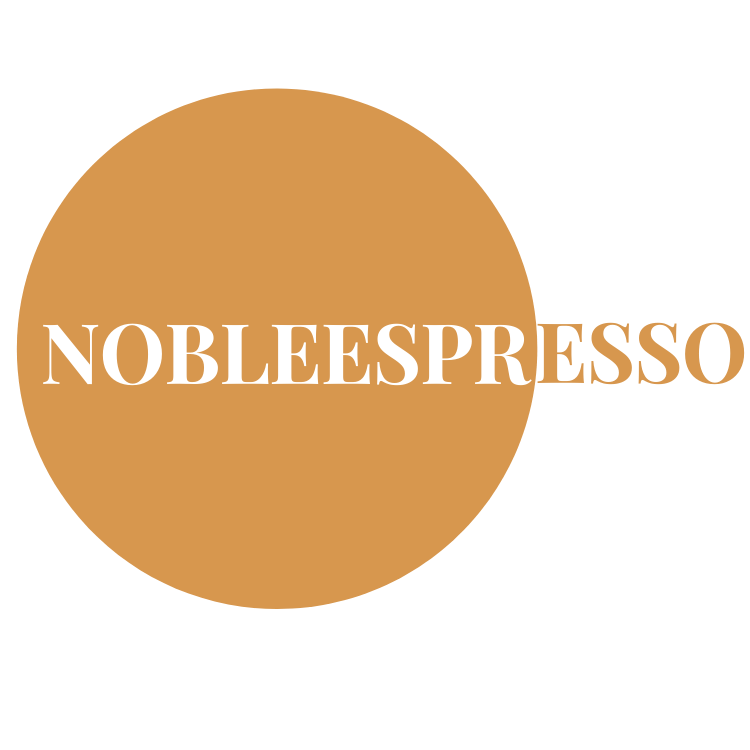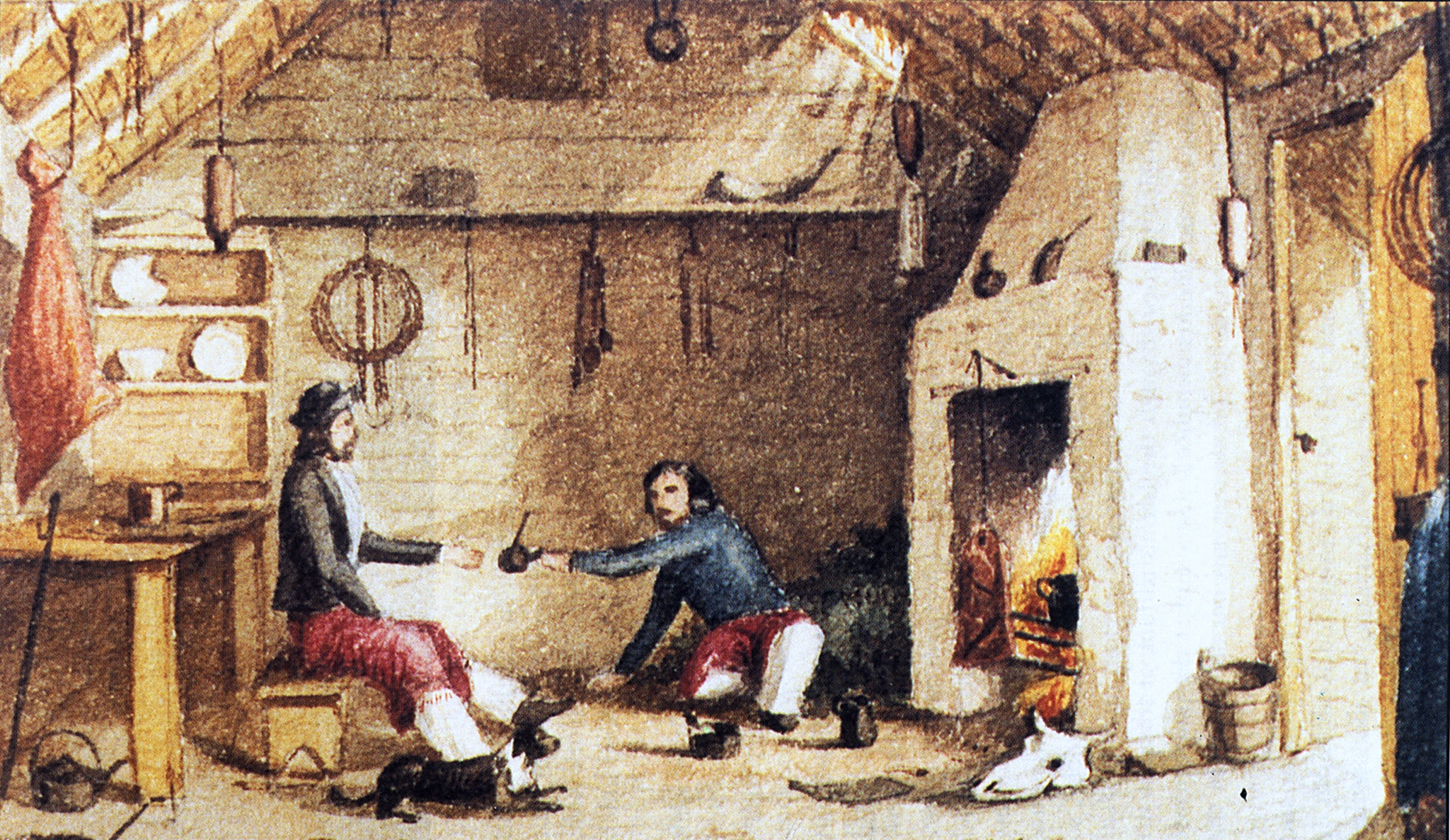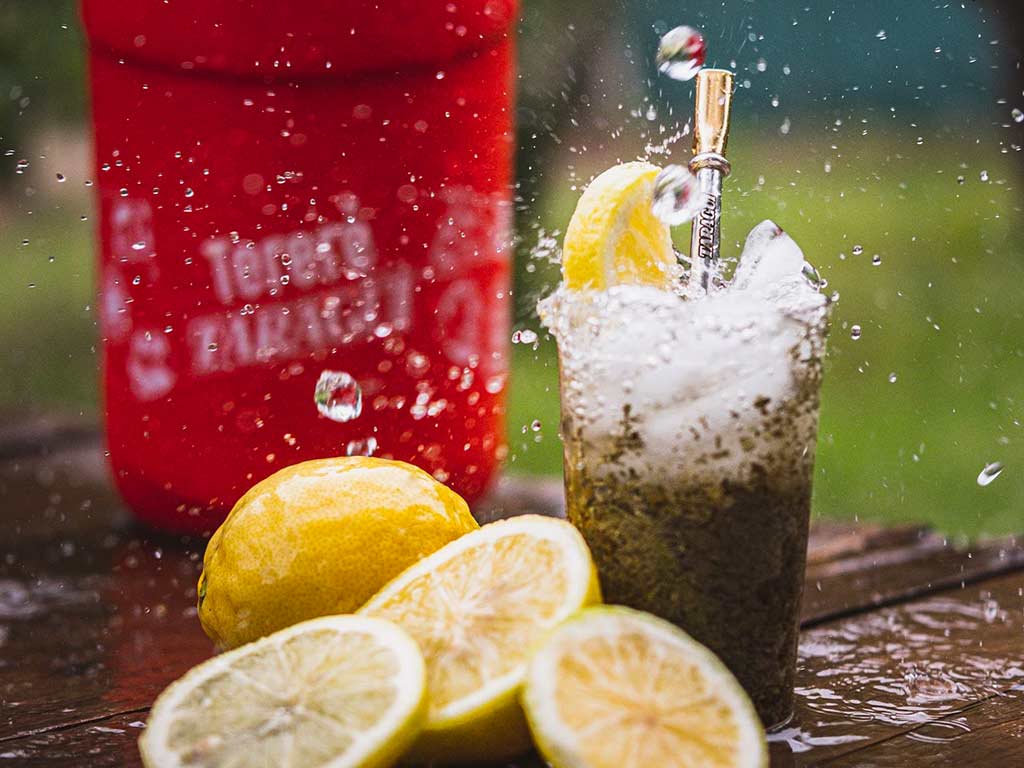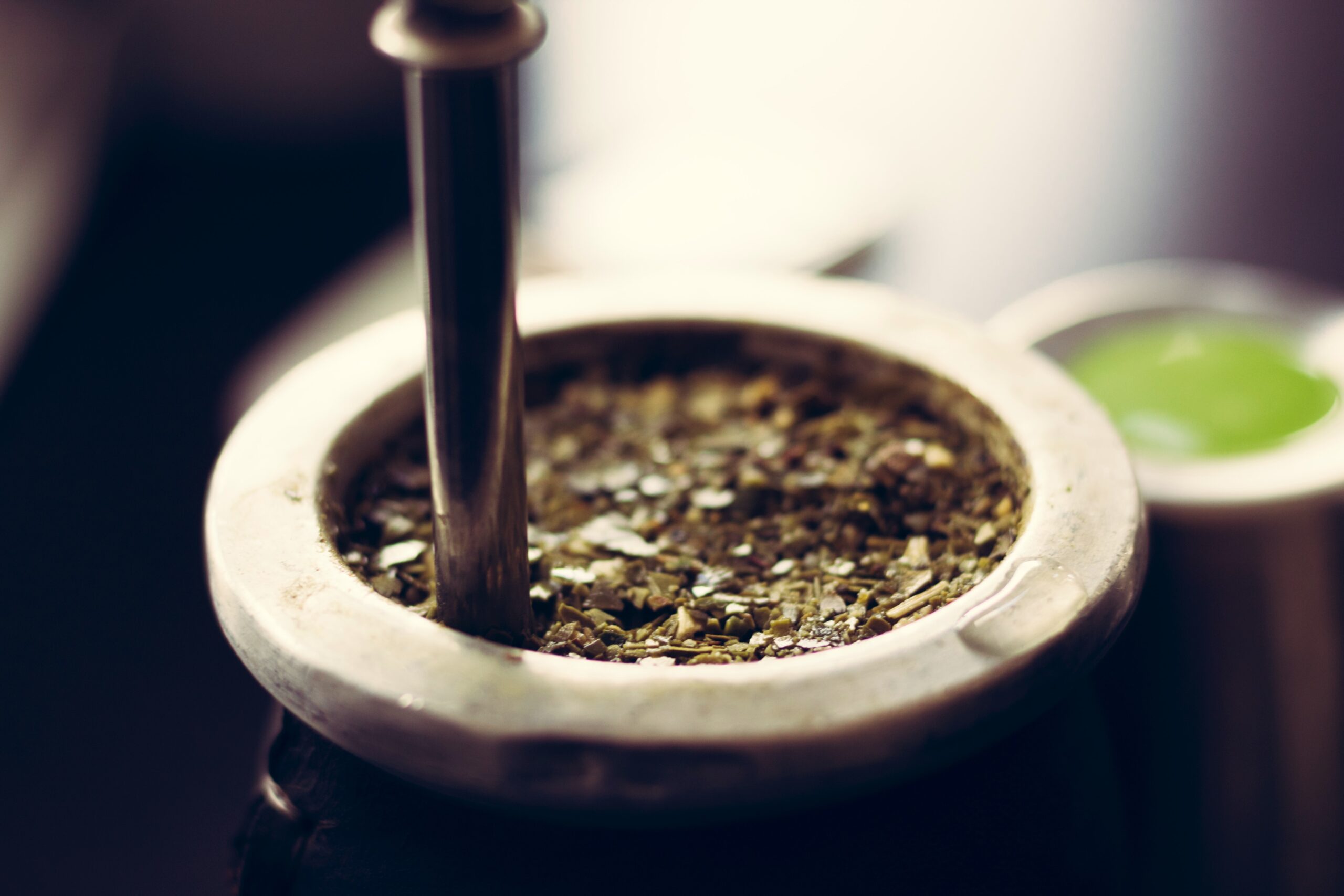The History and Origins of Yerba Mate
The yerba mate, or ka'a as it was initially known, is strongly associated with the Guarani tribe and South American culture, particularly in Argentina. The rite of the communal yerba mate brew is a gesture of connection, hospitality, and togetherness. The yerba mate has been an object of worship, barter, trade, and ritual and continues to find new devotees across the world.
The history and origins stretch back to at least 500 years before the Europeans arrived in what became Paraguay. The Guarani used the leaves of the yerba mate as a brew and the practice of drinking these leaf infusions. The Spanish and the Jesuits adopted this brew in the 1600s.
The yerba mate ritual has been embraced as far afield as Syria, where early South American immigrants brought the sacred leaves back to their homeland. Once considered a gift from the gods, yerba mate has a fascinating history, most probably long before any records existed to name the plant. Read on to explore the history and origins of this unique and revered brew.
History of the Yerba Mate
The Guarani Tribe
The early Guaranis were established in Eastern Paraguay and nearby areas of Brazil and Argentina. They derive from the Tupian-speaking tribe's migration inland to the Rio de la Plata in the 14th and 15th centuries.
They lived a life based on communal semi-nomadic agricultural communities of 10 to 15 families. They lived on corn, cassava, and sweet potatoes cultivated by the women while the men hunted and fished. The first Europeans to arrive in the Guarani lands were the Spaniards who founded Asunción, the later capital of Paraguay.
Their designation of the name yerba mate is still under some measure of debate, but most historians attribute the name to the early Spanish Jesuit missionaries who arrived in the area in 1537. The Gurarnis had merely referred to themselves as the Abá, which means men or people until the European's arrival.
The designation guarani referred to the indigenous people that embraced Christianity against the Cayuga or Caingua (ka'aguygua) or 'people of the jungle' that rejected the Christian faith. Little is known of the early Guarani people. Still, according to the Austrian missionary Martin Dobrizhoffer they practiced cannibalism as a funerary rite before opting to bury their dead in inverted funerary jars.
The tribe practiced a form of animistic pantheism, which believes that objects and places, creatures, and plants all carry a distinct spiritual essence. The Guarani had a close affinity with nature and forest and were well versed in the healing qualities of plants.
Yerba mate was long part of the early Guarani tribe's culture, and remnants of yerba mate were found in the Quechua tomb near Lima, suggesting it was an object of status. The indigenous use of yerba mate extended some 500 years before the arrival of Europeans in the 1600s.
Much of the guarani folklore and myths have survived. The Universidad Nacional de Misiones recorded many of the surviving myths in an anthology of myths and legends of the Gurani published in 1870.
A guarani myth tells of Ka'a Jarýi was a woman who came to represent the sacred herb Yerba. legend tells that After choosing to stay with her ill father over life with the moving tribe, the Guarani gods decided to reward her sacrifice.
An old shaman arrived at their hut and offered to grant her wish. The shaman gifted the young woman with yerba mate, which healed her father and allowed them to move with their tribe again.
The Early Spanish and Jesuits
When the Spanish arrived in the Guarani territory in 1537, they formed close contact with the native tribes due to their relative isolation. In communication and trade, they discovered the Guarania tradition of communal yerba mate and became instantly devoted to its use.
In fact, the Spanish colonists took so readily to the heady brew that by 1596 the thirst for the sacred herb became out of control. A local council member wrote to the governor of Rio de la Plata. He told of the Spanish greed for the yerba mate as a vice and that the Spanish would even sell their only possessions to drink the brew.
The Spanish enforced a labor system in 1538 called the Encomiendas to use the indigenous population for labor. Part of this harsh regime involved sending the Guarani deep into the forests to harvest the wild growing yerba mate, often resulting in the collector's death.
The Jesuit reductions aimed to create an environment to impart Christianity and culture to the Guarani people without interference from the Spanish colonialist rule. From the 1650s, the Jesuits achieved what no European before perfected: the yerba mate's domestication.
These Jesuits found themselves in direct competition with those who harvested their yerba mate from the wild and were often accused of glutting the market with an inferior product. This competition led to authorities imposing limits for the Jesuit exports, which they ignored.
However, there is no evidence that the Jesuits sought to make great profits over and above sustaining their order and followers in their reductions. Yerba became such a commodity that yerba mate replaced coins in currency in the Jesuit missions.
The Jesuit's closely guarded secret domestication of the yerba mate tree is thought to have been imparted by the Guarani people. Historians speculate that the involved feeding seeds to birds or mimicking the passage of the seed through the bird's digestive tract.
The priests also took to the mate brew themselves as a pastime and social beverage. The priests enjoyed the brew so much that the yerba mate, became known as "Jesuit tea"( té de Los jesuitas.) The Jesuits believed that the yerba mate was a far more healthy alternative than alcohol.
However, despite their successful trade and export of yerba mate, Spanish King Charles expelled the Jesuits, were expelled from the Guarani missions in 1767, and the plantations once again grew wild.
Yerba Mate Trade Expansion 1767-1870
After the Jesuit expulsion, excessive labor exploitation and mismanagement led to a decay in the industry. Paraguay gained a monopoly as the reducer of yerba mate, and when Concepción was founded in 1773, it became the main export port.
With the progression of reforms in free trade in 1778, yerba mate spread rapidly through South America, reaching present-day Ecuador. During further European colonization, yerba mate failed to take on as a rival caffeinated beverage to tea or coffee.
However, it came to the attention of Aimé Bonpland and Augustin Saint-Hilaire, who gave the plant its scientific name Ilex paraguariensis 1n1819. After Paraguay's independence, Paraguay ceded yerba mate production to Brazil and Argentina.
Further History 1870-1950
By the late 19th century, Brazil became the leading producer of yerba mate. But in the early 20th century, Argentina, the largest consumer of yerba mate, began to recover in production. They allowed foreign settlers land in the Misiones Province to cultivate the mate industry.
Economic benefits Brazil prompted the country to turn to coffee production over yerba mate, once again establishing Argentina as the leading yerba mate producer. The ritual of yerba mate drinking spread via Syrian and Lebanese immigrants to their homelands and became associated with the Druze people.
Yerba Mate Origin
Yerba mate Ilex paraguariensis is a species of the Holly family native to South America. Originally called ka'a by the indigenous Guarani tribes, the name ''yerba mate is a Spanish and Quechua word translated as "herbs from the calabash." This name was in reference to how the indigenous peoples used dried gourds to brew the leaves of the Ilex paraguariensis.
The yerba mate tree is subtropical, deciduous, and evergreen and grows from 8-15 meters high. The much-coveted leaves are about 8cm long and olive green which darkens on top. The leaves are wedged-shaped bases with a crenulated edge and a blunt tip.
The Yerba mate is native to South America, specifically in the regions of:
- northern Argentina (Corrientes and Misiones)
- Paraguay
- Uruguay
- Southern Brazil.
Each region has a different way of preparing the brew. Sugar, fruit and ice are just a few ways to make yerba maté taste great.
Closing Thoughts
Yerba mate is enjoyed worldwide and drunk from iconic gourds through a filtered straw called a bombilla, often made from silver. Recent studies show that the yerba mate has curative properties that the indigenous Guarani knew long before microscopes and clinical studies.
The history of the yerba mate is closely interwoven with the South American people and spans over long centuries fraught with slavery, danger, and political upheavals. However, the sharing of the traditional brew still spells togetherness and community even today.
How to Make Yerba Mate Taste Great
Yerba mate is a famous brewed drink originating in South America. Currently enjoyed around the world, yerba mate has an earthy flavor packed with antioxidants, caffeine and other energy-boosting molecules. For those who may not love natural tea flavors, you can add flavor to your yerba mate by adding ingredients or purchasing a pre-flavored mate package.
Preparing Your Yerba Mate
To enjoy a true mate beverage, you’ll need to prepare your yerba mate the right way.
First, fill your original mate cup (typically made of gourd) two-thirds of the way with yerba. Tilt the gourd so that the yerba covers one side. Pour lukewarm water halfway into the cup and wait a minute until it’s absorbed by the yerba.
Repeat this step with hot water between 140-176 degrees Fahrenheit or 60-80 degrees Celsius.
Put the filtered end of the bombilla, or straw, into the tea at an angle. Pour more hot water into the yerba mate and enjoy.
Adding Flavor to Yerba Mate
Some individuals may want to add more flavor to the earthy taste of yerba mate. For those who prefer sweeter or more familiar flavors, there are plenty of ways to add this to your yerba mate while still enjoying its many healthy properties.
Sugar
As with any tea, coffee, or caffeinated beverage, sugar can be added to yerba mate to add a bit of sweetness. This addition is common in northern Argentina and parts of central Chile.
You can add a teaspoon or two to your gourd and cover it with the yerba, or you can add less to the top to start and add more sugar as needed while drinking.
If you’re sharing with others who don’t want sugar in their mate, you can also pop a sugar cube into your mouth every so often while sipping the mate.
Honey
Mate with honey is also called mate misqui, a term that comes from a native language in the north of Argentina.
You can add some honey to the hot water before pouring it into the gourd or enjoy a teaspoon in your mouth in between sips.
Molasses
Molasses is a thick liquid that’s produced as a byproduct of turning sugarcane into sugar. It can add a warm, sweet, and smoky flavor to your mate when added to the hot water before pouring.
Cinnamon
Add some ground cinnamon to your yerba mix or toss a cinnamon stick into the hot water. Cinnamon has been used for centuries as a remedy for various ailments, including as a treatment for viral infections.
Mint
A sprig of mint will add a refreshing taste to your yerba mate’s water. Mint promotes a healthy digestive tract and has been used to treat nausea.
Ginger
Dicing some ginger and adding it to your mate’s water packs a punch of flavor. This peppery, sweet taste helps fight off chronic diseases and promotes healthy aging.
Citrus Peel
If you have an orange, lemon, or grapefruit around, you can add some citrus zest to your mate between each pour.
Another method is peeling a large spiral of the fruit’s skin and drying it out. You can then add pieces of the dried peel to the yerba during future use.
Coconut
Grate fresh coconut or purchase shredded coconut and add a teaspoon of it to the mate before drinking. You can add another teaspoon after every liter of water used.
Buying Flavored Yerba Mate
You may also purchase pre-flavored yerba mate. These mates are usually blended with other herbs, spices, or fruit to provide a unique taste.
This type of mate comes in the following flavors, among others:
- Mint
- Lemon
- Roasted mate
- Rosemary
- Sage
- Spearmint
- Orange
- Passion fruit
- Mint with lemon
- Guarana
How Much Caffeine Is In Yerba Mate? Everything You Need To Know!
How Much Caffeine Is In Yerba Mate? Everything You Need To Know!
Yerba mate, or "maté" as most people call it, is an herbal tea-like beverage that is made from the leaves and twigs of trees in the deep South American rain forests. If you have ever enjoyed one, or even seen someone else having mate, you know that it is usually consumed through a metal straw that filters the dried stepped leaves out of a wooden cup.
Although it may seem very exotic, mate has become extremely popular around the world for its delicious, natural taste, as well as its health benefits and energy-boosting properties. But you may be wondering: just how much caffeine is in yerba mate?
There are about 80-85 milligrams of caffeine in each 8-ounce cup of yerba mate. Which is much more than almost any other tea, but slightly less than a standard cup of coffee. Overall, there is substantial caffeine in yerba mate that will certainly give you an energy boost and can improve brain function.
If you want to learn a little more about this enticing tea, you have come to the right place! We have all the information you need regarding yerba mate including how it compares to coffee and standard teas, as well as the many health benefits and even medicinal properties of drinking mate.
How Much Caffeine Is In Yerba Mate?
Caffeine has become one of the most popular and socially acceptable drugs in the world, and don’t be misled, it is certainly a drug that stimulates both the brain and the nervous system. Of course, it is safe to ingest and almost every culture on earth has their favorite caffeine beverage that they enjoy to get them through the day.
Since before the conquistadors discovered “the New World”, indigenous people throughout South America have been drinking mate for its medicinal properties including its inherent ability to improve mental focus. Today we understand that the reason mate makes you feel so attentive, determined, and energized is because of the natural caffeine found in the leaves.
As we now know, there are typically between 80-85 milligrams of caffeine in a standard cup of yerba mate. If you are not quite sure how that number compares to your cup of coffee or tea you drink regularly, keep reading! We are going to compare and contrast both the caffeine intake in the various popular drinks compared to mate so you understand just how strong it is.
Yerba Mate Caffeine Content vs Coffee
Most of us have enjoyed a cup of coffee at some point in our lives and therefore know the effects that caffeine can have on the body. Like any substance, we can build up a tolerance so that a cup of coffee is no longer having the same effects it may have had when we first started drinking it or after a long break.
If you are looking for a beverage that has more caffeine than coffee, you will not find it in yerba mate. Unless you are drinking instant coffee, which tends to have only about 60 milligrams of caffeine, a standard cup of drip coffee contains about 100 milligrams, which is slightly higher than the 80-85 milligrams in a cup of mate.
If you enjoy drinking espresso, either in a shot or in a latte or cappuccino, the caffeine intake is even higher at 210 milligrams in every 3.5 ounces.
Depending on your regular caffeine intake, you may not notice a decline in energy or focus when switching to mate from coffee, but if a Starbucks espresso or specialty drink is in your daily diet, it will significantly lower your caffeine ingestion.
Yerba Mate Caffeine Content vs Tea
No matter which flavor is your favorite, if tea is your beverage of choice, you are already drinking far less caffeine than you would if you were having any type of coffee. And in fact, standard teas have even less caffeine than yerba mate.
You may be surprised to read that black tea only has 47 milligrams of caffeine per cup, green tea has about 24, and herbal teas have no caffeine at all!
If you are looking for a happy medium between tea and coffee, yerba mate might be the perfect caffeinated beverage for your life. But before you go ahead and start drinking it every day, let's learn a little more about how much caffeine is the recommended maximum for adults to intake every day, as well as the health benefits of this amazing ancient drink.
Can You Drink Yerba Mate Every Day?
When deciding if yerba mate should be added to your daily diet, it is extremely important to understand what caffeine is doing to your body and how much is suggested for a healthy mind and body.
How Much Caffeine Can You Drink Every Day?
Let's talk about caffeine. You have probably heard rumors from both ends of the spectrum which report that caffeine is either a dangerous poison for the body or a completely acceptable part of our diets. So which is it?
Caffeine has been consumed by humans for thousands of years, and as far as doctors and scientists can tell, it is not quite as bad for you as you might think. In fact, studies show that we can drink up to 400 milligrams of caffeine a day and still stay within the recommended guidelines for a healthy body. Now that you know how much caffeine is in most of your favorite beverages, you can do the math yourself, but essentially that means you should ingest no more than two espressos, four cups of coffee, eight cups of black tea, or four and a half cups of yerba mate every day. This of course is more than most people drink.
The average American only drinks about 110-260 milligrams of caffeine a day, but 85 percent of the population does have caffeine every single day. So you might be wondering: if you stay within the suggested milligram allowance, is it safe to drink caffeine every day?
What Are The Health Risks When Drinking Caffeine?
Here's what you need to know about caffeine, although it is safe to drink every day for most people, each of our bodies is different! Too much caffeine in your diet could lead to anxiety, insomnia, heart palpitations, tremors, headaches, and general restlessness.
If you feel any of these symptoms, it might be time to either cut down or cut out caffeine completely. Luckily, if you are a three-lattes-a-day kind of person, switching to yerba mate might be a great way to continue enjoying caffeine every day while still enjoying a little boost of energy and focus!
Can You Drink Yerba Mate Every Day?
Back to our original question: can you drink yerba mate every day? Well, it's really up to your body. Technically, it is safe to drink four cups of yerba mate every day, but that might not be what is right for you. Make sure to listen to your body and look out for the signs we listed above that are your body telling you you are intaking too much caffeine!
Which is Healthier - Coffee or Yerba Mate?
Mate has less caffeine per ounce than your average cup of coffee but is it the healthier option?
Yes! Yerba mate is healthier than coffee and here's why:
- Mate is packed with antioxidants, as well as vitamins and minerals that will boost your immune system and your overall health. While coffee has a few beneficial nutrients, it doesn't even compare to the vast amount contained in yerba mate.
- Yerba mate has antiparasitic properties and will keep your digestive track much healthier than coffee will.
- Your heart and bone density can benefit from yerba mate! On the contrary, coffee can be detrimental to heart and bone health.
Final Thoughts
You now know everything there is to know about the yerba mate caffeine content!
Including how much caffeine it has (80-85milligrams per cup in case you forgot), as well as the health benefits of mate and the concerns of caffeine, and even how to compare mate to every type of coffee and tea!
Just to recap, mate has enough caffeine to boost your energy, it can also benefit your mental and physical health, and when drank in moderation, improve your digestion, natural immunity, and more! So if you were thinking about giving up coffee but couldn't find the right choice to replace it, yerba mate might just be the one.
References
https://www.mayoclinic.org/healthy-lifestyle/nutrition-and-healthy-eating/expert-answers/yerba-mate/faq-20058343
https://www.healthline.com/nutrition/8-benefits-of-yerba-mate#TOC_TITLE_HDR_4



